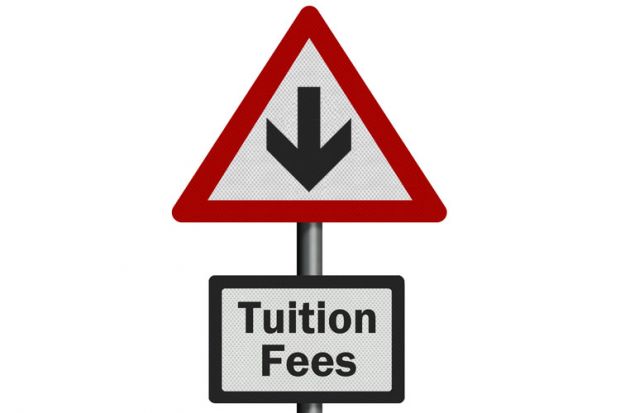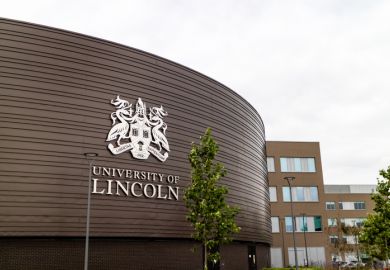Fifty-three per cent of those surveyed said they supported the idea, with a quarter opposed.
The poll was carried out as part of the annual report of the Independent Commission on Fees, set up by the Sutton Trust to look at the impact of the introduction of up to £9,000 tuition fees on student demand.
Support for the idea of lower fees for poorer students was highest from those aged 35 to 44, educated to degree level, and with children aged 17 to 19.
Those more likely to oppose the idea came from the highest social classes and those aged 16 to 24.
Some universities do offer fee waivers to students from families with lower incomes, although policies vary between institutions.
The commission’s report, Analysis of trends in higher education applications, admissions, and enrolments, released on 13 August, finds that:
- Students from the 20 per cent of neighbourhoods with the highest participation rates in higher education were almost 10 times as likely to apply to the most selective universities than those from the bottom 20 per cent of neighbourhoods
- The number of mature students (those aged over 25) taking up places in 2013 was 18 per cent down on 2010
- The number of enrolments on to part-time courses has collapsed by 41 per cent between 2009-10 and 2012-13
- Despite the introduction of higher fees, entry rates for English 18-year-olds were 2.9 percentage points higher in 2013 than they were in 2010.
Les Ebdon, director of fair access to higher education, said: “This comprehensive analysis shows that the new system of fees did not deter young people from disadvantaged backgrounds from applying to university. Disadvantaged young people are applying to, and entering, higher education at higher rates than ever before, which is excellent news.
“Despite this, the report shows that there is still an unacceptably large gap in participation rates between the most and least advantaged young people. This is especially the case in the most selective universities, although we have seen progress in recent years.”
Wendy Piatt, director general of the Russell Group, said: “This report provides no evidence that higher fees have put off school leavers from going to university. In fact, the number of students on free school meals being admitted to the more selective universities rose by 22 per cent last year.”
Register to continue
Why register?
- Registration is free and only takes a moment
- Once registered, you can read 3 articles a month
- Sign up for our newsletter
Subscribe
Or subscribe for unlimited access to:
- Unlimited access to news, views, insights & reviews
- Digital editions
- Digital access to THE’s university and college rankings analysis
Already registered or a current subscriber? Login




